What are your earliest automotive memories?
As a baby, when I couldn’t sleep, my grandfather would take me for an evening drive in his Citroën Ami 6. That was probably my first automotive experience, but my first real memory is not a happy one – I remember getting travel sickness on the way home from skiing holidays with my parents.
What ignited your passion for cars?
I’ve always been interested in cars. I specialised in cars when I was studying and my college was in Le Mans. I think that was the real beginning of my passion, spending my evenings in my small room, reading countless car books and magazines.
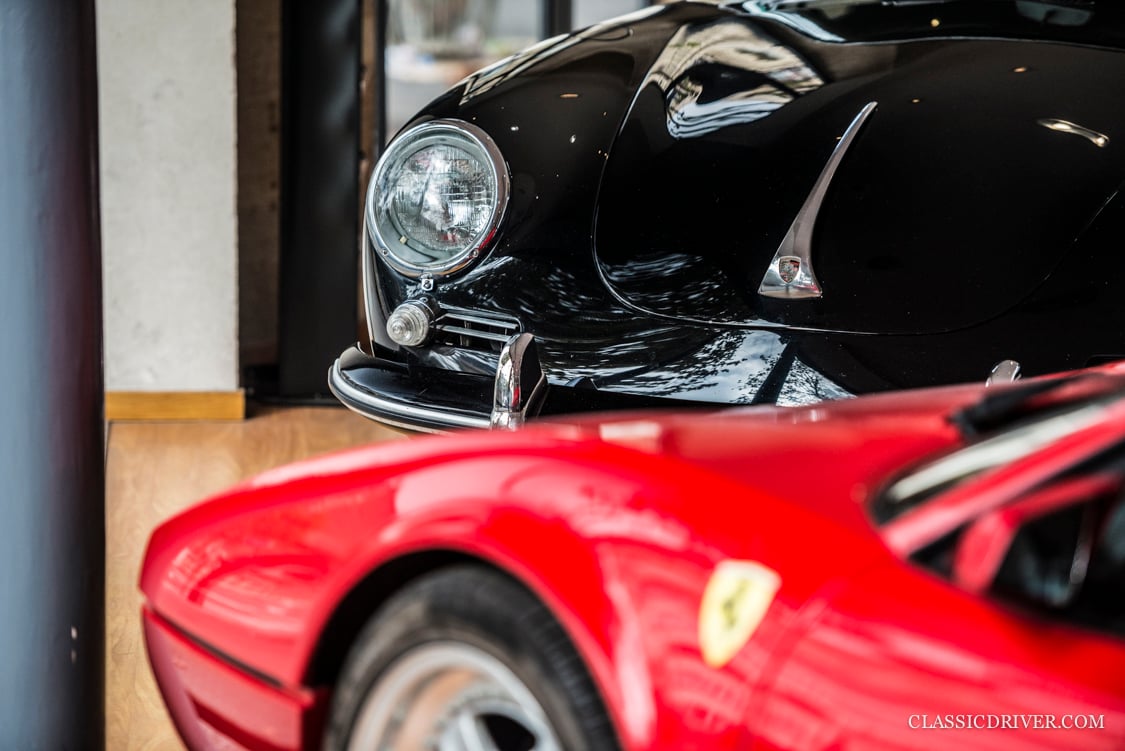
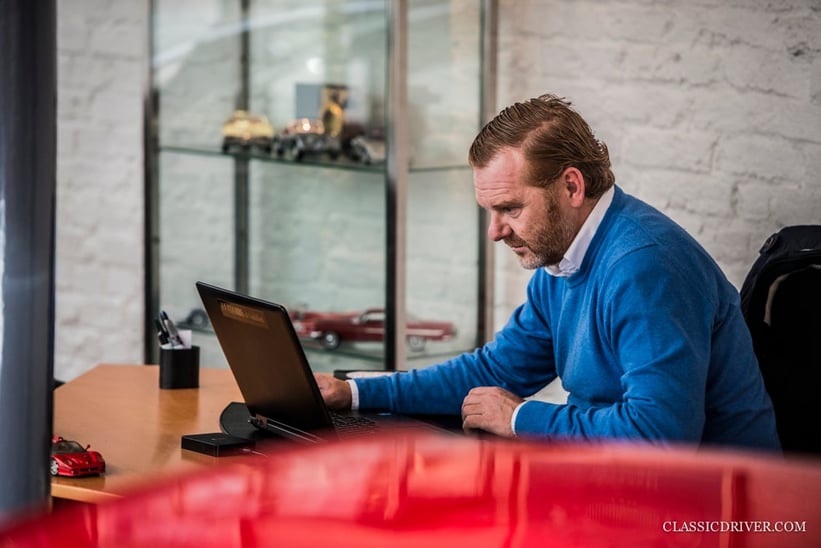
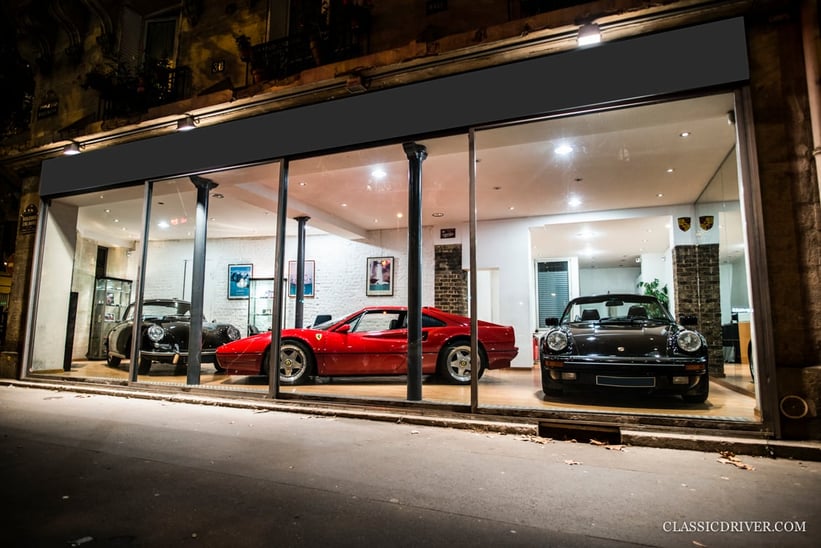
Prior to Historic Cars, what did your career entail?
I began in the early 1990s at Sonauto, which was the French importer for Chrysler, Mitsubishi and Porsche. Thanks to a former journalist who was Chrysler’s press officer at the time, I was able to follow the Viper’s European racing conquests quite closely. It was during that period that I first experienced the Tour Auto and the Goodwood events, as we had partnerships with them both. After managing a number of Mercedes-Benz dealerships, I became the Sales Director of Mitsubishi. After that I entered the world of classic cars, managing a specialised workshop in Paris for five years.
And then you founded Historic Cars?
Yes, I felt I was ready to run my own business, so I established Historic Cars in June 2014.
What is the philosophy of the business?
For me, the quality of the cars I’m selling is the most important factor, both in terms of history and condition. I choose brands for which I have an affection and sell cars that I own or those consigned by clients. I can also source cars on request or manage people’s collections. My experience means I have strong links with key figures in the industry, whose knowledge I can share with my customers.
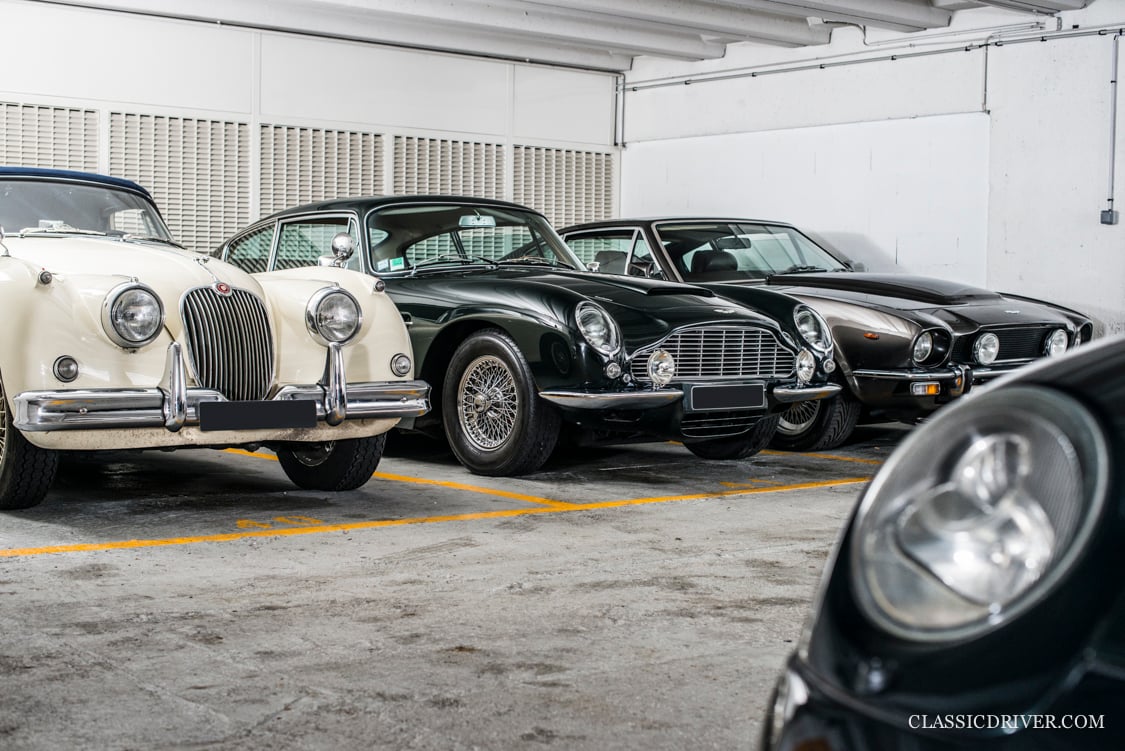
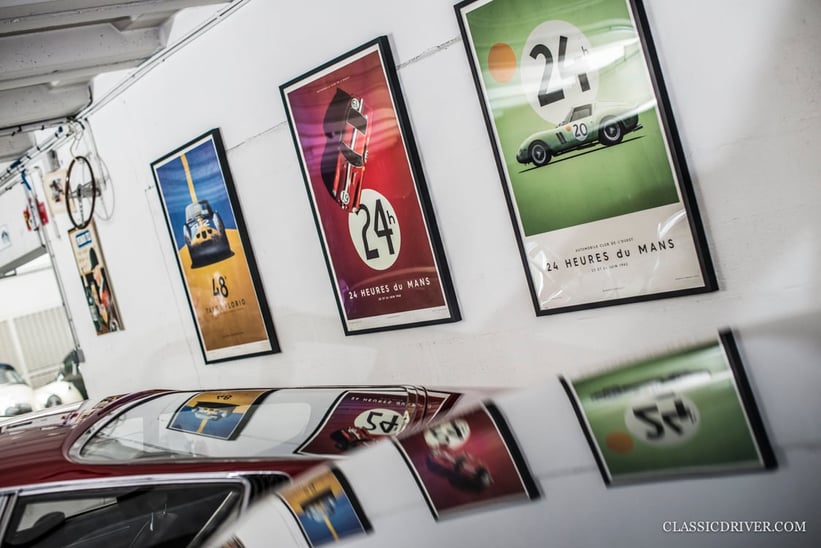
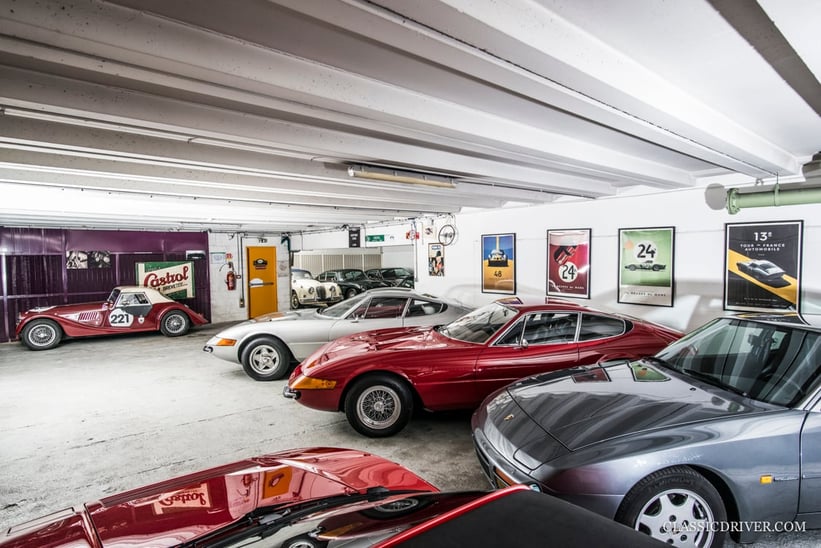
What can a customer expect when buying a car from you?
Transparency and honesty about the product I’m selling. It’s important that customers know exactly what they’re buying, and whether they will need to invest more money in the future. I always try to give the customer a comprehensive history file, and organise the car’s delivery, customs documentation and, if required, storage, race preparation or restoration. I can also help my customers to obtain HTP papers for their cars, and support them on events such as the Tour Auto or Le Mans Classic. Combined, these services establish trust, and often customers will return.
Your inventory comprises both road and racing cars – which do you find the most thrilling?
I’m particularly interested in road and race sports cars from the 1950s and ’60s. I love Aston Martin, Jaguar and most of the other small British companies such as Lotus, AC, Cooper and Lister, which form such an integral part of automotive history.
You’re a regular on the historic motorsport scene – what do you think of the evolution of the sport in recent years?
Between April and October, there are events almost every weekend, from road rallies to endurance races. For me, driving is a way of bolstering my passion and staying close to my business. There’s been an incredible increase in terms of the performance of the cars, thanks both to the skill of the drivers and expert race preparation. This might make the cars more reliable and efficient, but sometimes using modern technology taints the authenticity. In many ways, development has not stopped since the 1960s and ’70s – it just goes on.
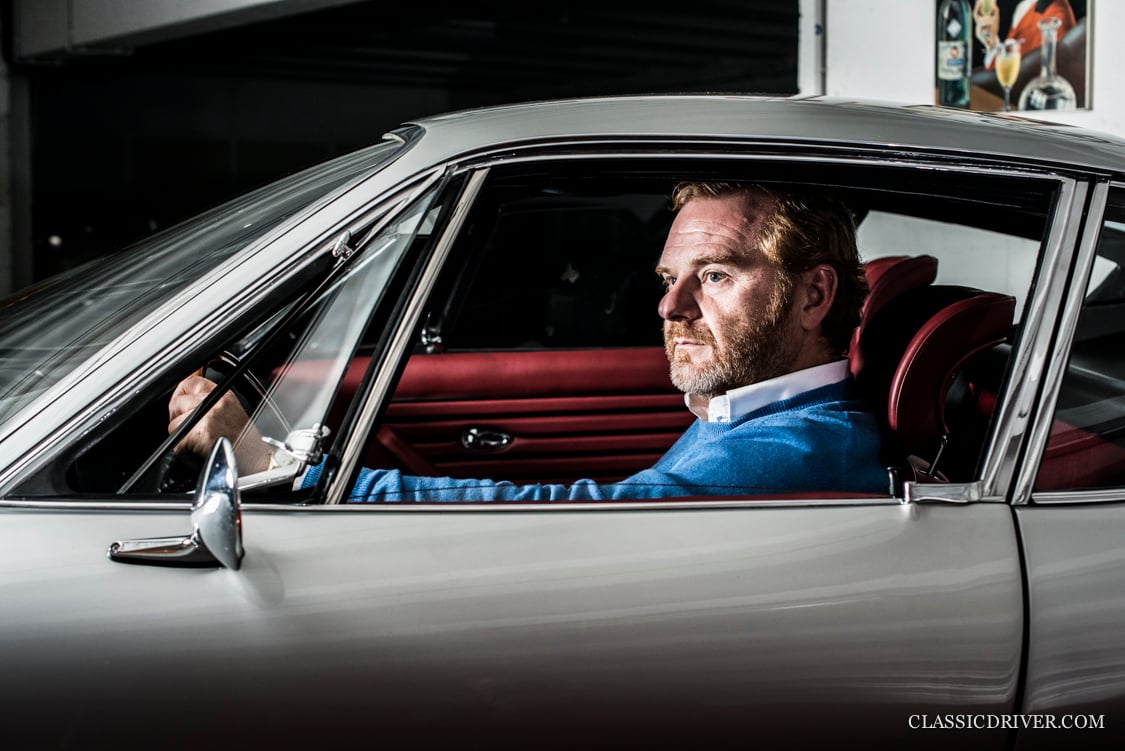


What are the consequences of this reduced authenticity – has the sport strayed too far from its original philosophy?
It’s up to the organisers to make the right calls when it comes to the authenticity of the cars they choose, and to the FIA to deliver the HTP papers to confirm a car fairly conforms to the rules. There are many tastes to be satisfied and, as such, there are some events with more relaxed rules, while others, such as the Goodwood Revival, reflect the racing in the period. It’s all part of the sport, and you’ll never prevent people from wanting to go faster.
You’re a regular visitor to the Goodwood Revival and Members’ Meeting – why are these particular events so special?
I just love the atmosphere at Goodwood, especially during the Revival where it’s about so much more than the racing. It’s a unique event, and so British. The grids are always first-rate, and each year we discover many cars we had forgotten. Lord March does a fantastic job of surprising us over and over again.
You’ve become an authority on Aston Martin, Jaguar and Lister – what drew you to these brands?
Perhaps because of my roots in Britannia – I’m an exiled Great Briton. It’s more because the United Kingdom is the country of motorsport in its purest form, especially back in the 1950s and ’60s. It’s impossible to count the number of British brands and racing teams who built and competed in that era. And the people are just as interesting as the cars, which make it even more fascinating for me.
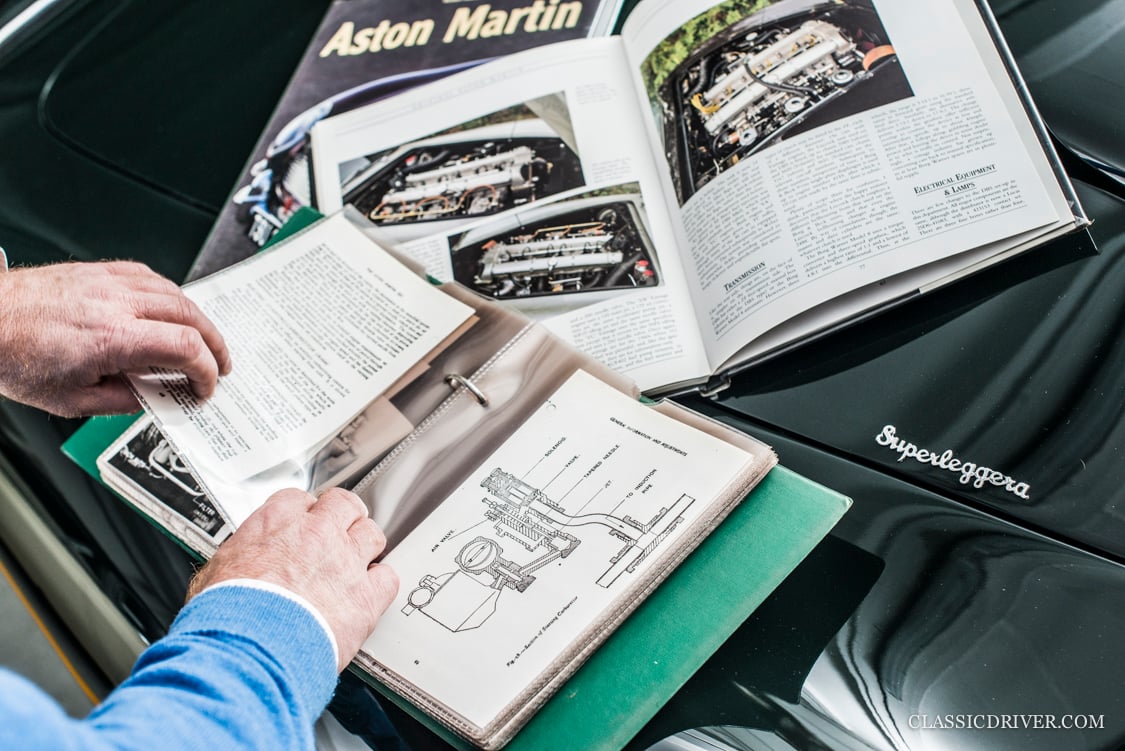
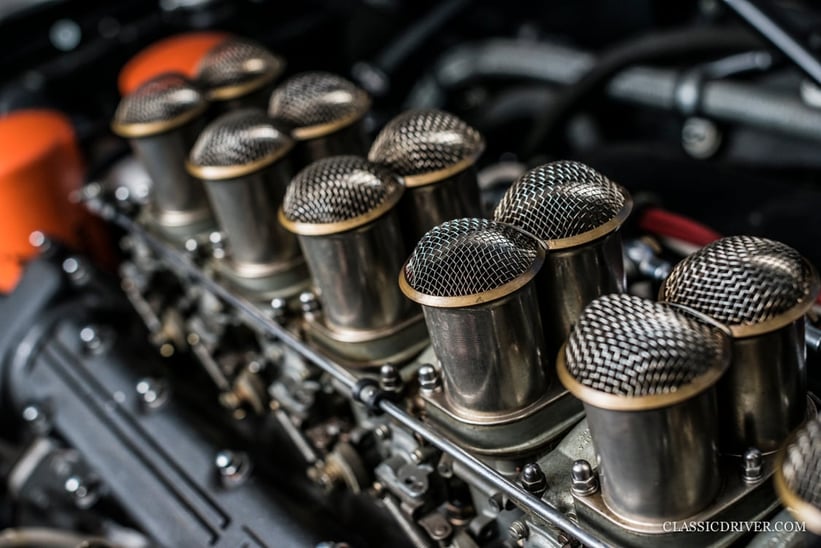
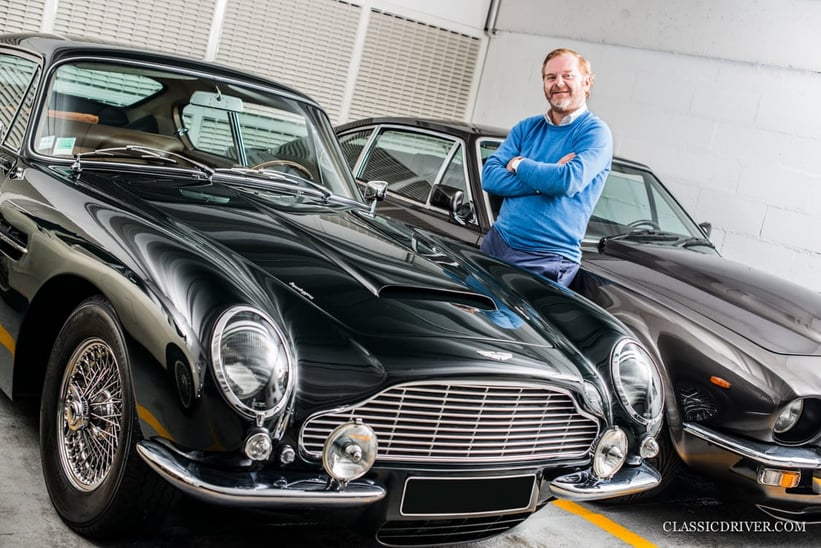
Do you have any favourite cars among those three brands?
It all comes down to the men behind them. The C-, D- and E-type Jaguars, because of Sir William Lyons and the evolution of his XK engine; David Brown’s Aston Martin DB2 and DB6, because of the shape and their Grand Touring proficiency; and the Lister Knobbly, because of Archie Scott Brown and his fascinating story.
How has the market changed in the last year?
The pre-War market is very tough, as young people are rarely interested unless they were brought up around the cars. We’re seeing cars from the 1980s and ’90s enjoy increased interest, which is logical as those who had these cars on their bedroom walls as children can now afford them. Moreover, the market has become more mature and knowledgeable. We might not be seeing as many extraordinary prices like we did in 2014, but the very best cars are still selling for big money.
What do you think of the Paris Mayor’s recent decision to ban older – and therefore classic – cars from the centre of the city?
Pollution is an issue in all big cities and Paris is not the first to introduce such restrictions. What the authorities fail to realise, however, is that classic cars cause hardly any pollution as they’re so rarely driven. France is not a nation of car lovers like the UK. Our country – and its people – have forgotten somewhat about what put France on the automotive map in the Art Deco era.
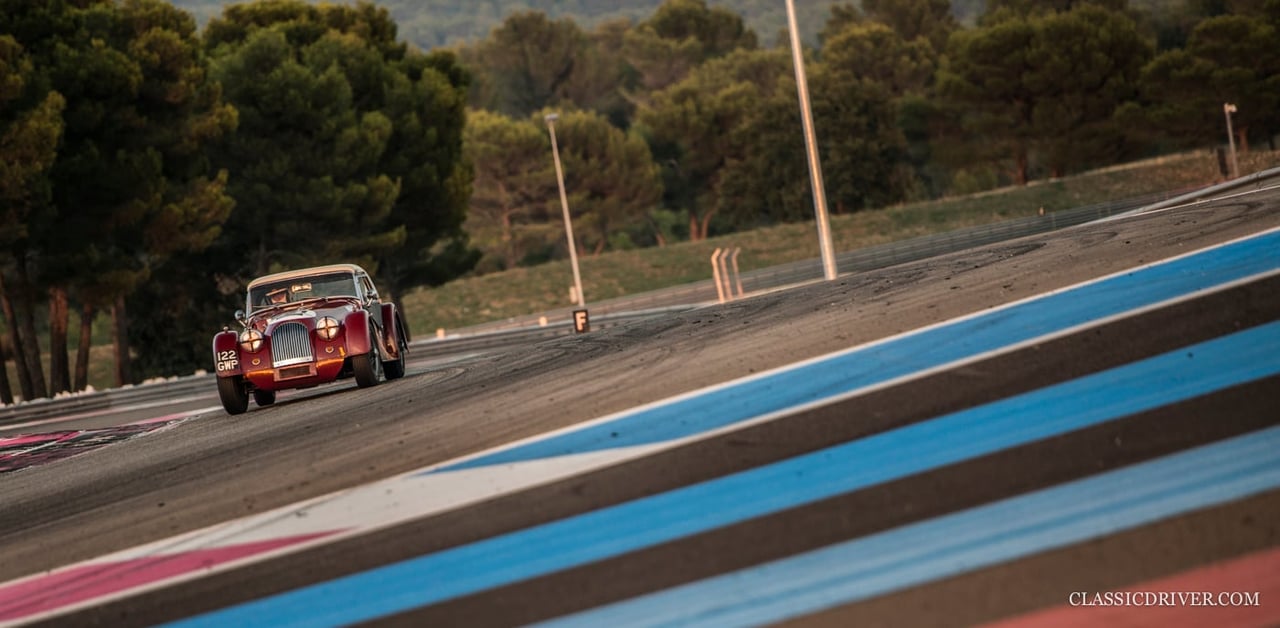
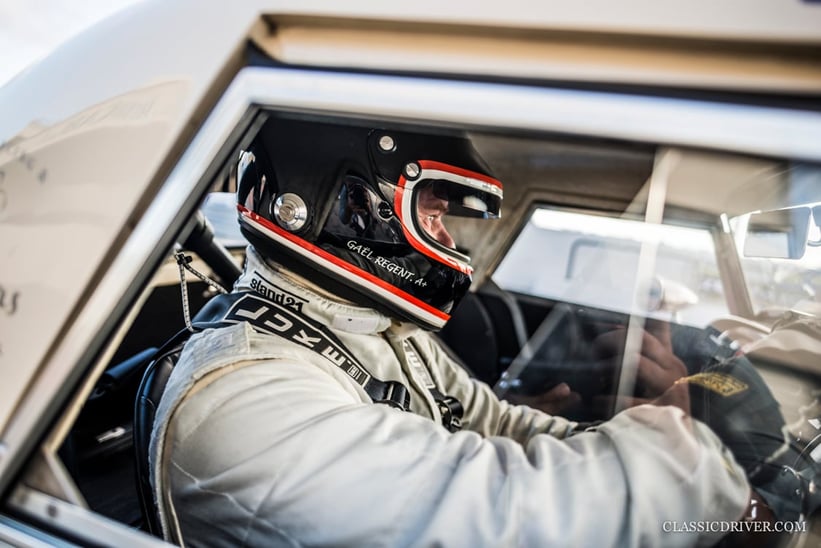
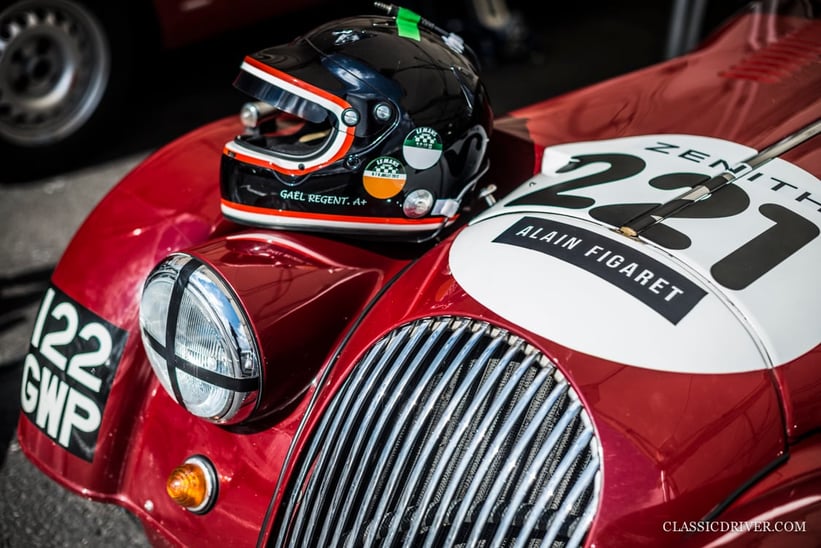
Is there a car from your career of which you’re particularly proud of selling?
Not one, but many. Each car is special because of its history, rarity and, most importantly, the joy it brings to its new owner. I regret selling my supercharged 1930s MG a little, because I’ve never been so well treated as I was driving this around, particularly in Paris.
What do you drive at the weekend?
It depends on the weather and what I have for sale. At the moment, I’m trying to pass on the ‘fever’ to my five-year-old son by taking him on track days with my Morgan Plus 4 SS and driving him to school in an old Mini.
What’s your dream car regardless of value?
With no hesitation, the Jaguar C-type. Jaguar is my absolute favourite brand, and the C-type’s got a gorgeous aluminium body, the formidable XK engine and a fabulous competition history at legendary events such as the Tour de France Automobile, Mille Miglia and Le Mans. Furthermore, all the motorsport greats drove them in the period – are there any other boxes that can be ticked?
Photos: Rémi Dargegen for Classic Driver © 2016








































